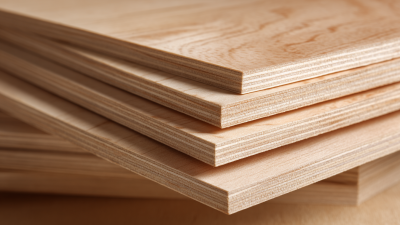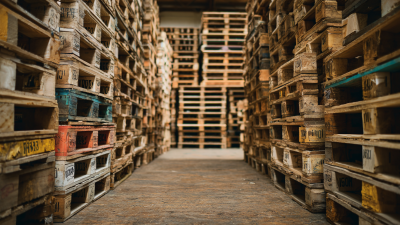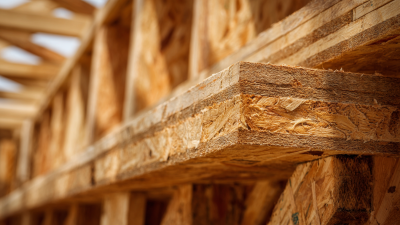Leave Your Message
-
Whatsapp
-
Whatsapp
Birch Plywood Panels are becoming increasingly popular in various construction and design industries due to their superior strength, aesthetic appeal, and versatility. As reported by the Wood Products Manufacturers Association (WPMA), the demand for high-quality birch plywood has surged by 15% over the past three years, driven by its applications in furniture making, cabinetry, and interior design.
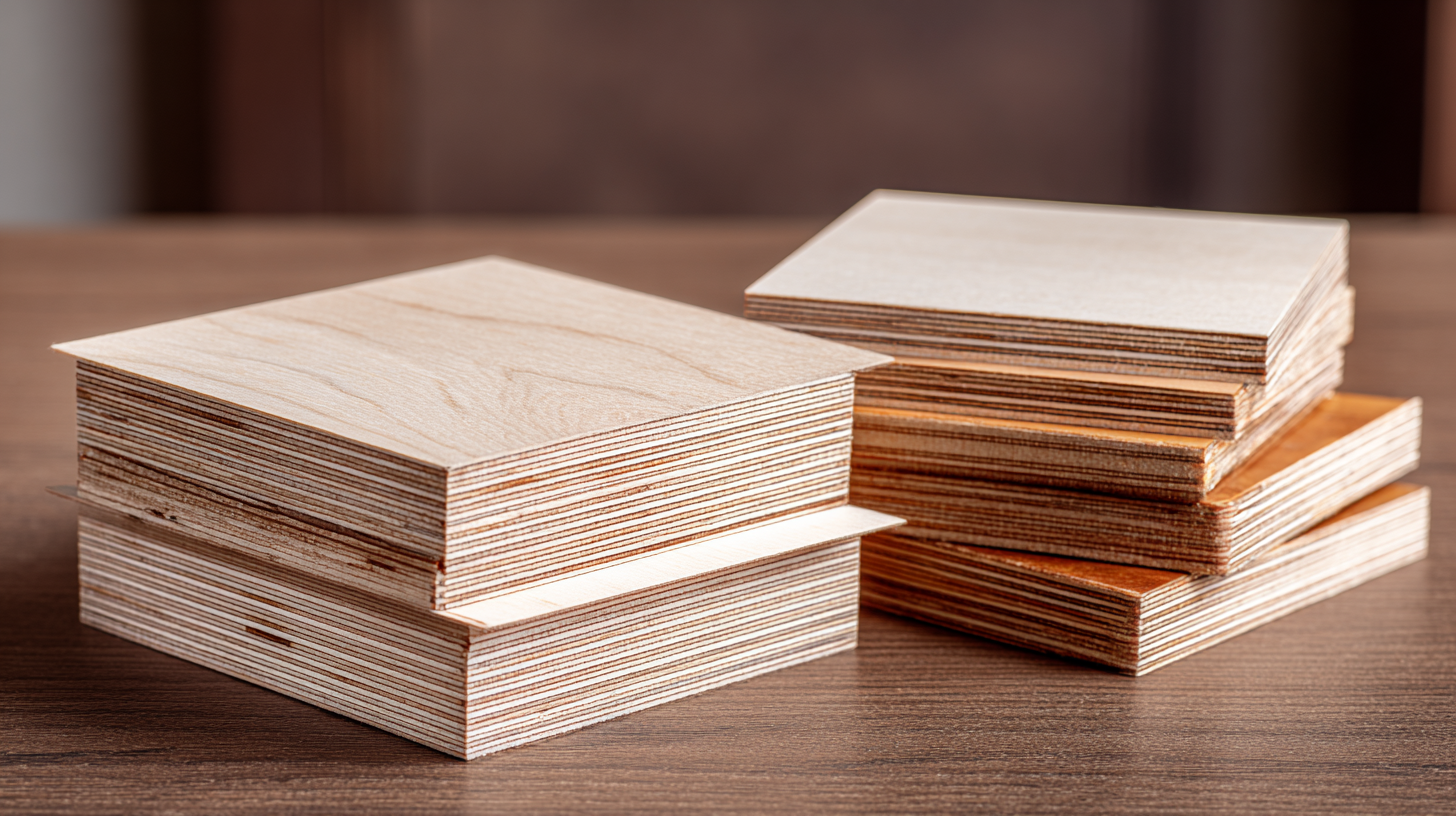
With a favorable strength-to-weight ratio and a smooth, attractive finish, birch plywood panels are often chosen for projects requiring durability and elegance. However, selecting the best birch plywood panels can be challenging, given the variety of grades, thicknesses, and surface treatments available on the market today.
Understanding key factors such as wood grade characteristics, thickness requirements, and intended use can significantly impact the success of your project. This guide offers insights and tips to help you navigate these choices effectively and make informed decisions tailored to your specific needs.
When selecting birch plywood for your next project, understanding the different grades available is crucial. Birch plywood is typically graded as A, B, C, or D, with Grade A being the highest quality featuring a smooth, blemish-free surface ideal for visible applications. According to the American Plywood Association, Grade A plywood is perfect for fine furniture and cabinetry, providing a sleek and aesthetically pleasing finish. On the other hand, Grade C or D is more suitable for structural or hidden applications where appearance is less critical, as they may exhibit knots and other imperfections.
Different grades also correspond to varying thicknesses and structural qualities. For example, a study by the U.S. Forest Products Laboratory indicates that higher-grade birch plywood offers superior strength and stability, making it an excellent choice for load-bearing applications. When choosing plywood, consider the specific demands of your project; a robust Grade B panel might be ideal for shelving, while a Grade A panel could enhance decorative surfaces. Understanding these grading distinctions will help ensure that you select the most suitable birch plywood for your unique needs, ultimately leading to a more successful and durable project.
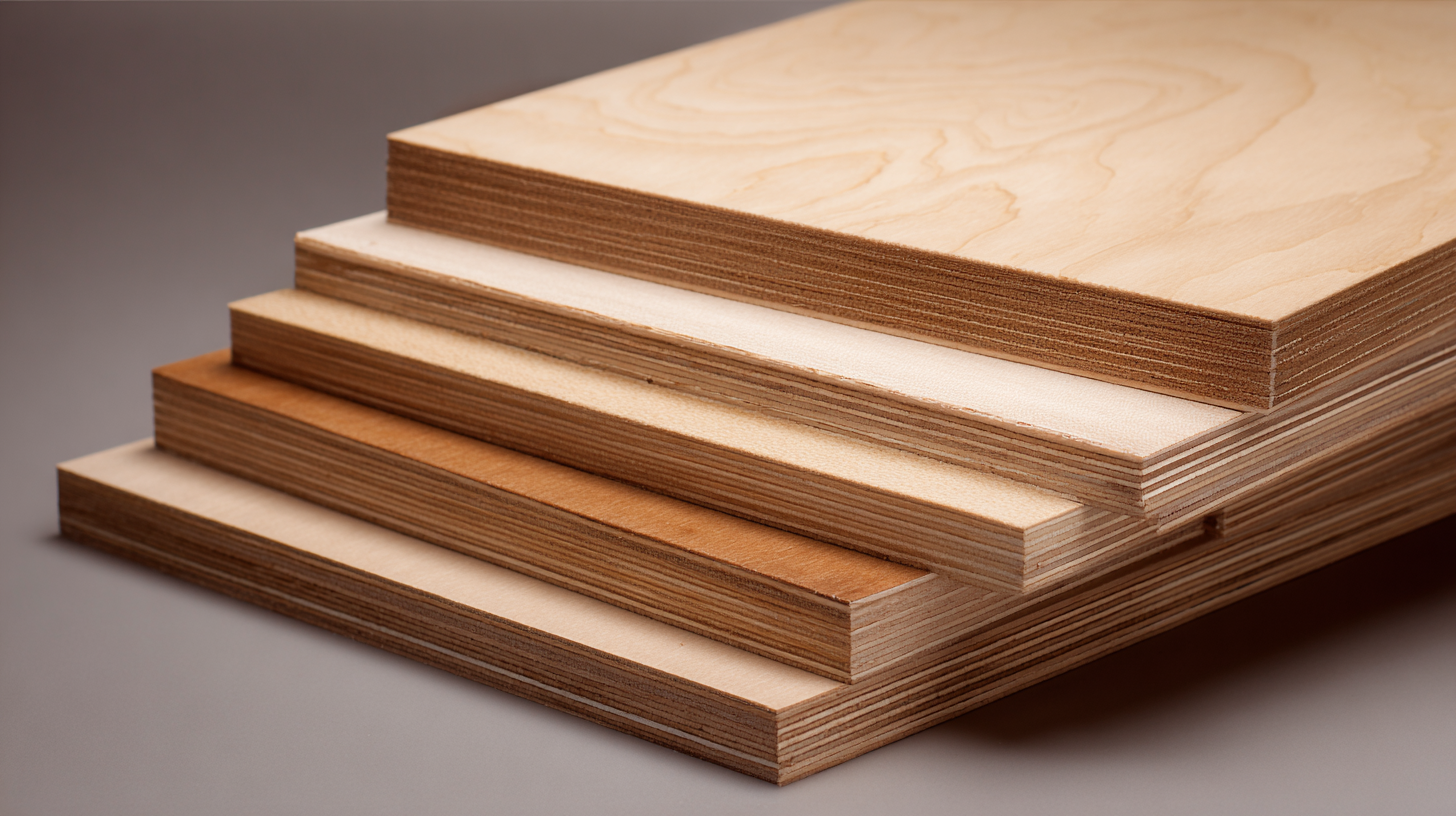
When selecting birch plywood panels for your next project, several key factors must be considered to ensure the best results. The first important aspect is the grade of the plywood. Birch plywood is available in various grades, each reflecting its quality and appearance. For example, A-grade birch plywood boasts a smooth, sanded surface with minimal imperfections, making it ideal for visible applications. In contrast, C-grade plywood may have knots and other blemishes, which could be suitable for structural applications. According to a report from the Wood Products Manufacturers Association, choosing the right grade can significantly impact the final aesthetic and durability of your project.
Another crucial factor is the thickness of the plywood panels. Common thicknesses range from 1/8 inch to 1 inch, and the choice depends largely on the specific application. For instance, thinner panels are better suited for lightweight projects or intricate cuts, while thicker panels provide added strength for load-bearing applications. A study from the American Plywood Association indicates that the choice of thickness can affect both the mechanical properties and overall longevity of the plywood, with thicker panels generally offering superior resistance to bending and deformation over time. Finally, sourcing your birch plywood from reputable suppliers who adhere to industry standards ensures that you receive high-quality products suitable for your project needs.
When selecting birch plywood panels for your project, understanding the thickness options available is crucial to achieving the desired durability and performance. Plywood typically ranges from 1/8 inch to 1 inch in thickness, with each level providing different structural properties. Thicker panels, such as ¾ inch plywood, are ideal for applications requiring strength and stability, including furniture pieces and cabinetry. Their robustness not only supports heavier loads but also resists warping over time, which is essential for long-term durability.
On the other hand, thinner plywood, around ¼ inch, may be suitable for lightweight applications like crafting or decorative elements. While these panels are easier to handle and cut, they may not offer the same level of durability under stress. It's essential to consider the specific demands of your project; if the finished piece will face regular wear and tear, investing in thicker birch plywood can significantly enhance its longevity. Ultimately, the choice of thickness should align with the practical needs of your project while keeping in mind budget constraints.
When selecting the right finish for your birch plywood projects, it's essential to consider the type of application and the desired aesthetic. Birch plywood is known for its fine grain and smooth surface, making it an ideal choice for various applications. According to a report by the Wood Products Council, around 70% of woodworkers prefer finishes that enhance wood grain while providing protection. For birch plywood, water-based finishes are often recommended as they penetrate well and do not yellow over time, preserving the natural beauty of the wood.
Moreover, the choice of finish can significantly affect the durability and maintenance of your projects. A study from the Hardwood Council indicates that projects finished with polyurethane coatings can last up to three times longer than those with oil-based finishes, especially in high-traffic areas. Additionally, applying a protective finish not only enhances the appearance but also helps to guard against moisture and wear, adding longevity to your birch plywood creations. When finalizing your finish selection, consider these factors to achieve both aesthetic appeal and functional durability in your woodworking projects.
When it comes to sourcing high-quality birch plywood, knowing where to buy is crucial for ensuring both performance and durability in your projects. Germany, as one of the leading manufacturers of birch plywood, produces over 1.5 million cubic meters annually, confirming its reputation for exceptional quality. This plywood is favored by professionals for its strength, smooth surface, and resistance to warping, making it ideal for everything from cabinetry to decorative wall panels.
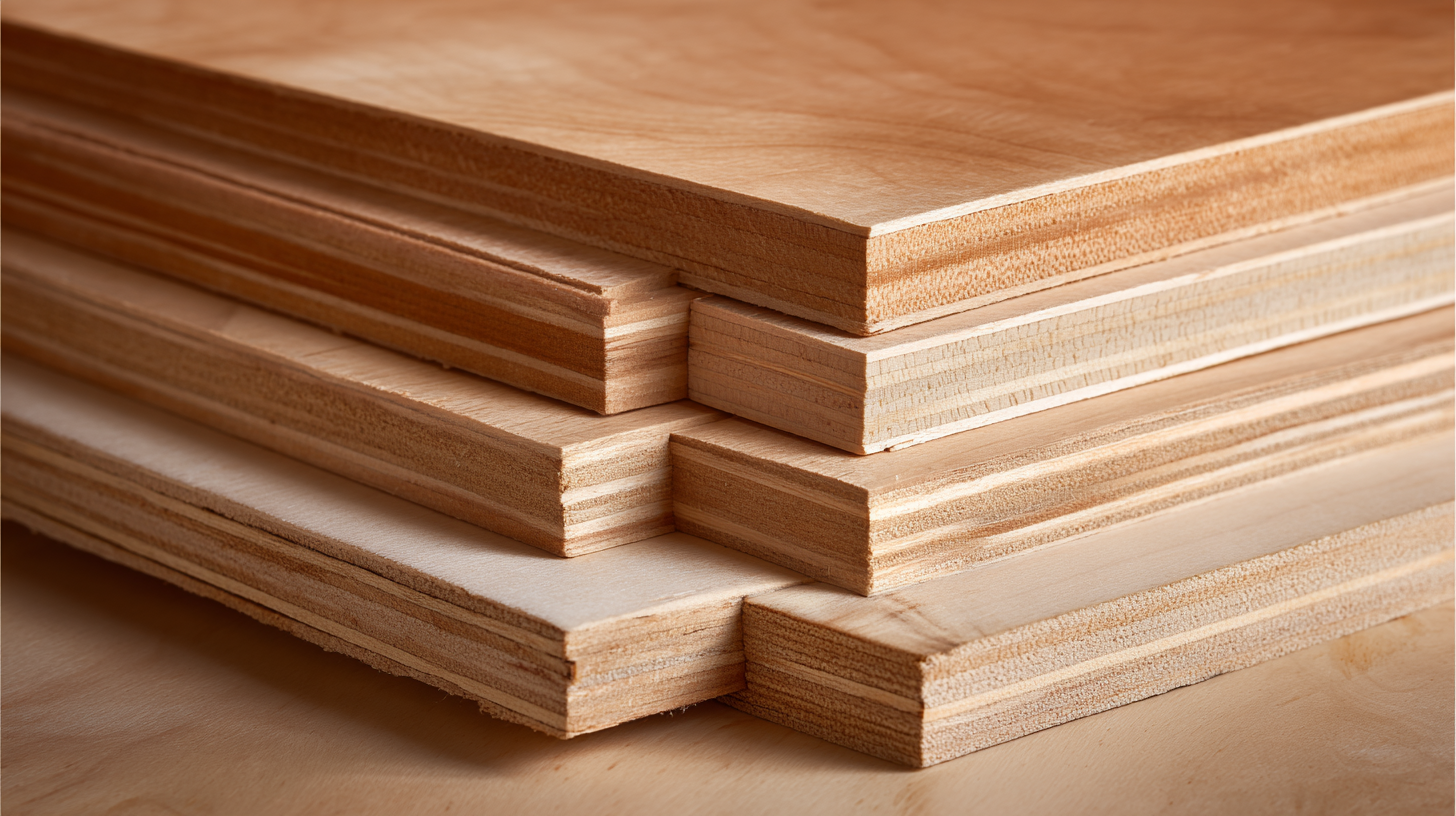
Local suppliers can often provide advantageous pricing and quicker delivery options compared to international sources. In fact, according to a recent industry analysis, 68% of builders prefer sourcing materials locally to support community economies and reduce lead times. Additionally, utilizing reputable suppliers who provide certified birch plywood guarantees that you are purchasing materials with verified sustainability practices, aligning with the growing consumer demand for eco-friendly products.
Whether refining your search to online marketplaces or visiting lumber yards, making informed decisions about where to buy birch plywood will enhance the overall quality of your projects.
